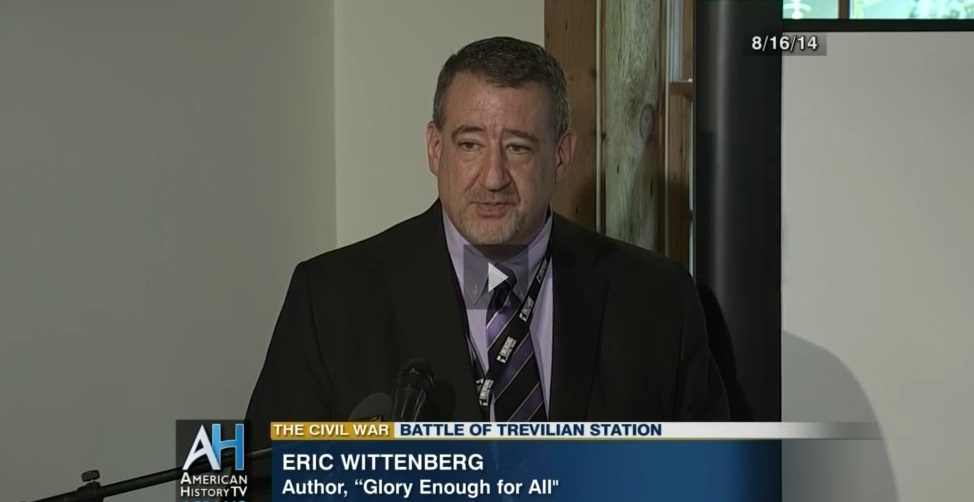


Exactly what Meade did to try to intercept the fleeing Confederates, and how the Southerners managed to defend their army and ponderous 17-mile long wagon train of wounded until crossing into western Virginia on the early morning of July 14, is the subject of this study

President Abraham Lincoln was thankful for the early July battlefield victory, but disappointed that General Meade was unable to surround and crush the Confederates before they found safety on the far side of the Potomac. The ten days of retreat triggered nearly two dozen skirmishes and major engagements, including fighting at Granite Hill, Monterey Pass, Hagerstown, Williamsport, Funkstown, Boonsboro, and Falling Waters. If Stuart fumbled his famous ride north to Gettysburg, his generalship during the retreat more than redeemed his flagging reputation. The responsibility for defending the exposed Southern columns belonged to cavalry chieftain James Ewell Brown (Jeb) Stuart. Meade’s equally difficult assignment was to intercept the effort and destroy his enemy. Lee’s post-battle task was to successfully withdraw his army across the Potomac River. One Continuous Fight: The Retreat from Gettysburg and the Pursuit of Lee’s Army of Northern Virginia, July 4-14, 1863 is the first detailed military history of Lee’s retreat and the Union effort to catch and destroy the wounded Army of Northern Virginia.Īgainst steep odds and encumbered with thousands of casualties, Confederate commander Robert E. Thousands of books and articles cover nearly every aspect of the battle, but not a single volume focuses on the military aspects of the monumentally important movements of the armies to and across the Potomac River. The titanic three-day battle of Gettysburg left 50,000 casualties in its wake, a battered Southern army far from its base of supplies, and a rich historiographic legacy.


 0 kommentar(er)
0 kommentar(er)
